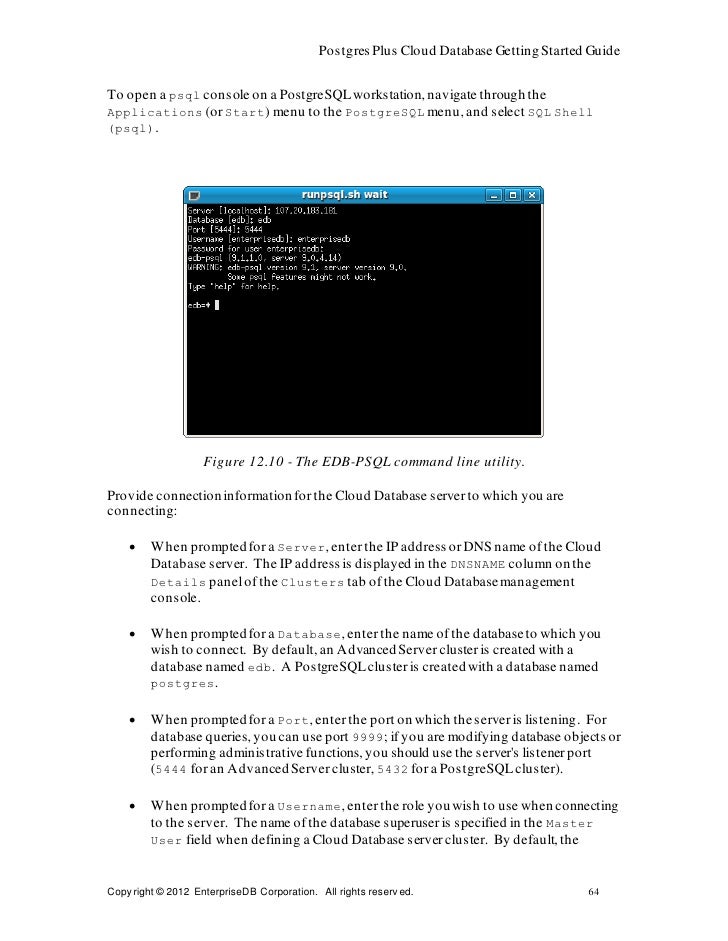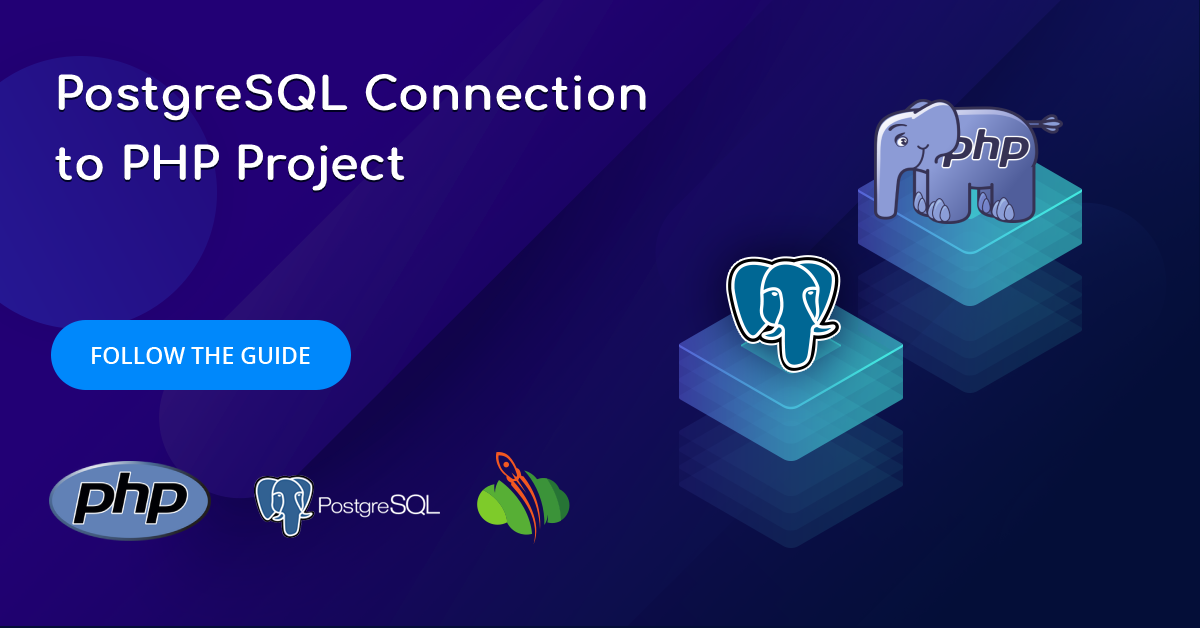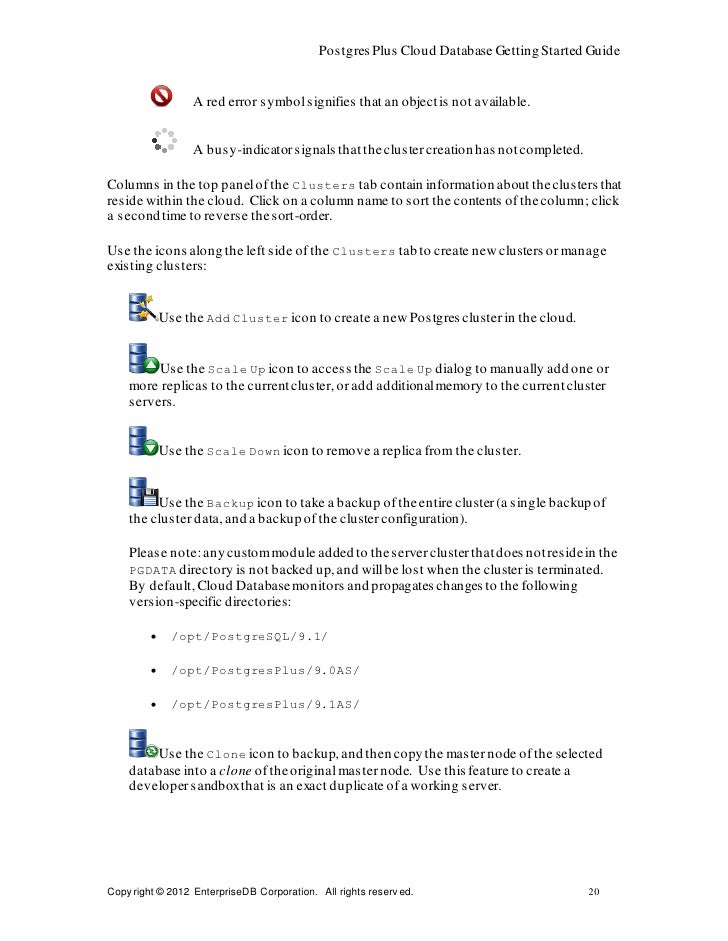

- #POSTGRES APP NOT SHOWING DATABASES CODE#
- #POSTGRES APP NOT SHOWING DATABASES FREE#
- #POSTGRES APP NOT SHOWING DATABASES WINDOWS#
Our main goal is for you to only have to worry about building your core app while we take care of everything else. We hope this guide gave you an idea about what the workflow with Railway looks like.
#POSTGRES APP NOT SHOWING DATABASES FREE#
You can check out our jokes API here and feel free to reach out to us on Twitter with yours! Closing We can also set up custom domains by heading over to the Deployments tab in our project dashboard.
#POSTGRES APP NOT SHOWING DATABASES CODE#
Or, we can set up Github triggers that will automatically trigger deployments whenever we push our code to the selected branch. To do that, we can either use the CLI and run railway up to deploy our selected environment. To be able to do that, we need to be able to deploy our code to the cloud. We've now built our amazing jokes API and want to showcase it to the world. Jokes from our database Deploying our backend If you head on over to the Setup section on your project's dashboard, you'll see the instructions for installing the CLI and linking to your project on Railway. And this is where the Railway CLI comes in. Well, that's kind of the thing with Railway, you don't have to. import pg from "pg" Ĭonst = await pool.query("SELECT * FROM jokes")Īt this point you're probably thinking "hang on a minute, we haven't even set up the database locally". Yarn add -D let's set up and use the package to show some jokes to our users. Let's start by adding and configuring the node-postgres package so we can interact with our database. Here's mine if you're just following along. Next, we will clone our project locally and start adding features. Then, in your pom.xml file, add the Postgres dependency: org.So far, we've deployed an Express app, provisioned a PostgreSQL database, and added some dummy data to it. $ mvn archetype:generate -DgroupId= -DartifactId=java-postgresql-sample -DarchetypeArtifactId=maven-archetype-quickstart -DinteractiveMode= falseĪfter running the command, you should end up with a structure like this: java-postgresql-sample We'll start off with a maven-archetype-quickstart for a simple skeleton Maven project via your terminal: We will thus opt for the Data Access Object (DAO) pattern to meet this need. Of course, we'll start off by defining the entities and then using them to generate the database schema to make sure the tables are mapped correctly.Īnd as proper API demands, the business logic layer should not have an idea of what goes on in the database layer - a practice known as layered architecture. We'll be writing a simple Java application that can create, read, update, and delete customer information from a Postgres database. Demo ApplicationĪ Postgres guide is incomplete without an accompanying CRUD implementation. Developers love it, in part, because they can dig into sources to find out how it works exactly.

Its open-source and free licensing has also added to its widespread adoption.
#POSTGRES APP NOT SHOWING DATABASES WINDOWS#
Thus, you can find it on MacOS, Linux, and Windows systems.

Yet, over the years, the database has become portable.

The early Postgres releases targeted UNIX computers. Nonetheless, the University of California ceased POSTGRES' development in 1994. POSTGRES aimed to achieve not only object-orientation, but also extensibility. PostgreSQL is a derivative of the now defunct POSTGRES project. Still, that does not hide the fact that Postgres offers extra capabilities - such as an extended support for custom data types and large data sets. Because of this, Postgres routines and those of other database systems are alike. Due to its nature, it's a great pairing with Java, which is heavily object-oriented.Īccessing a Postgres database using Java requires you to rely on the JDBC API, as you might've suspected. In contrast, other database systems are usually relational. Listing databases in PostgreSQL using psql command. If that is running within Postgres.app, expand the sidebar and stop that other server or alter the ‘Port’ under the button ‘Database Settings’. PostgreSQL provides you with two ways to show databases in the current database server. This error usually means that you already have a PostgreSQL server running on your Mac. PostgreSQL does not directly support the SHOW DATABASES statement but offers you something similar. PostgreSQL (which goes by the moniker Postgres) is famous for its object-relational nature. In MySQL, you can show all databases in the database server using SHOW DATABASES statement.


 0 kommentar(er)
0 kommentar(er)
